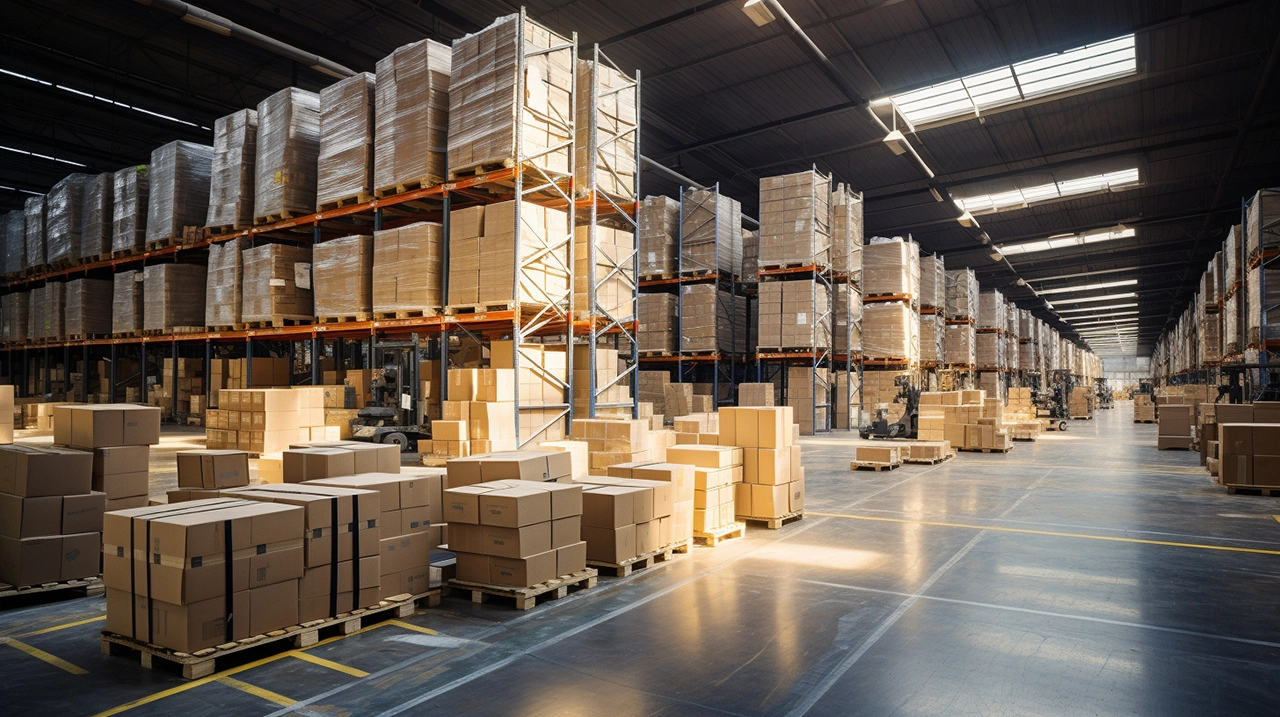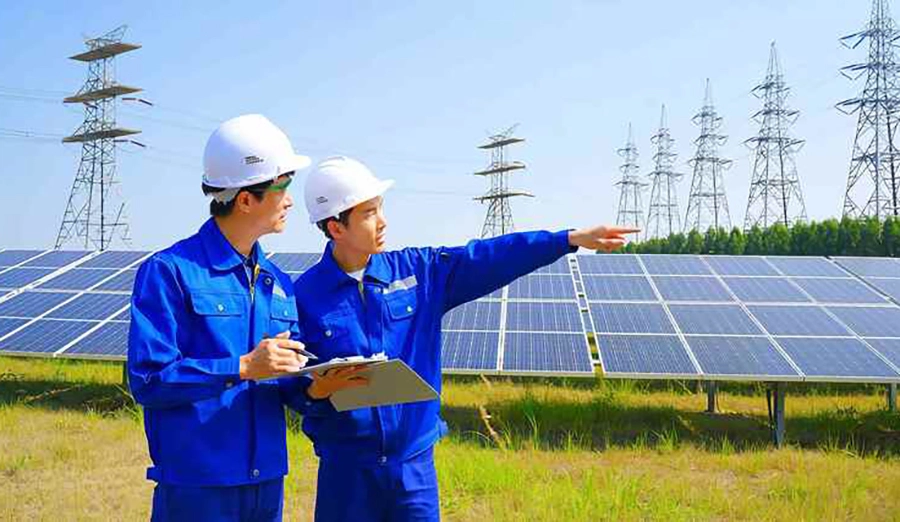
WIRELESS CHARGING IN THE NEWS
As an important tool for the maintenance of modern industrial and public facilities, the application of hanging rail inspection robot in many scenarios is gradually expanding, which significantly improves the inspection efficiency and safety. The robot, which moves by hanging in orbit, is able to perform tasks in high-risk and high-altitude environments, ensuring the normal operation and safety of facilities.
In the power industry, the hanging rail inspection robot is widely used in the inspection of substations and high-voltage transmission lines. These robots are able to access high-altitude areas that are difficult for humans to reach, check the operating status of equipment and lines, and promptly detect and report any potential faults or anomalies. Equipped with high-definition cameras and sensors, the robot can provide detailed images and data to help engineers carry out remote diagnosis and maintenance, effectively reducing power outage time and maintenance costs.
In the field of rail transportation, the rail inspection robot is the right assistant for the maintenance of subway and railway tunnel. These robots can be suspended along the tracks during periods when trains are not running, checking for wear, cracks and other structural problems. The traditional way of track detection relies on manual labor, which not only consumes time and energy, but also has security risks. The rail inspection robot can work all day, providing continuous and efficient service to ensure the safety and reliability of the rail system.
In chemical and energy production facilities, rail inspection robots also play an important role. These facilities often contain a large number of high temperature, high pressure and high risk areas, and manual inspection is extremely dangerous. The robot is able to move safely in these environments, checking the status of pipelines, reactors and tanks to ensure equipment integrity and safe operation. With real-time data feedback, operators can take necessary maintenance measures in a timely manner to prevent accidents.
In large warehouses and logistics centers, rail inspection robots provide support for safe storage and efficient management of goods. These robots are able to move on rails in elevated warehouses, checking the stability of shelves and the storage of goods. Through intelligent identification technology, the hanging rail inspection robot can flag any abnormal situation, help managers optimize storage layout, and improve the efficiency and safety of the warehouse.
In addition, the rail inspection robot also shows its unique advantages in the inspection of Bridges and large buildings. These robots are capable of conducting inspections at the bottom of Bridges and other hard-to-reach locations to assess structural integrity and safety. Through detailed inspection reports, engineers can develop scientific maintenance plans to ensure the long-term use and safety of public facilities.
In summary, rail inspection robots are widely used in many fields such as electric power, rail transit, chemical industry, logistics and construction, which greatly improves the efficiency and safety of inspection and maintenance. With the continuous progress of technology, the application scenarios of the hanging rail inspection robot will be more diversified, providing strong support for the safe and efficient operation of various industries.







